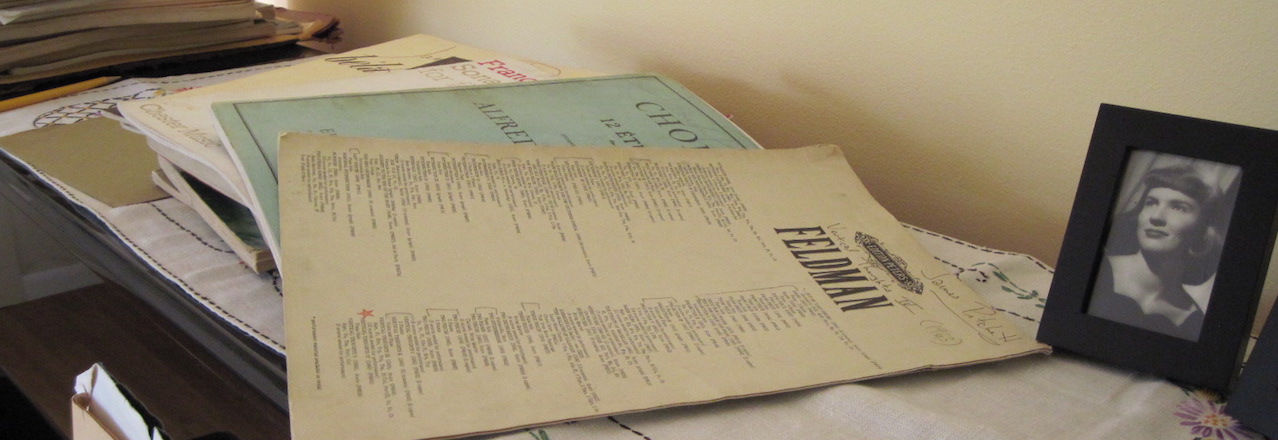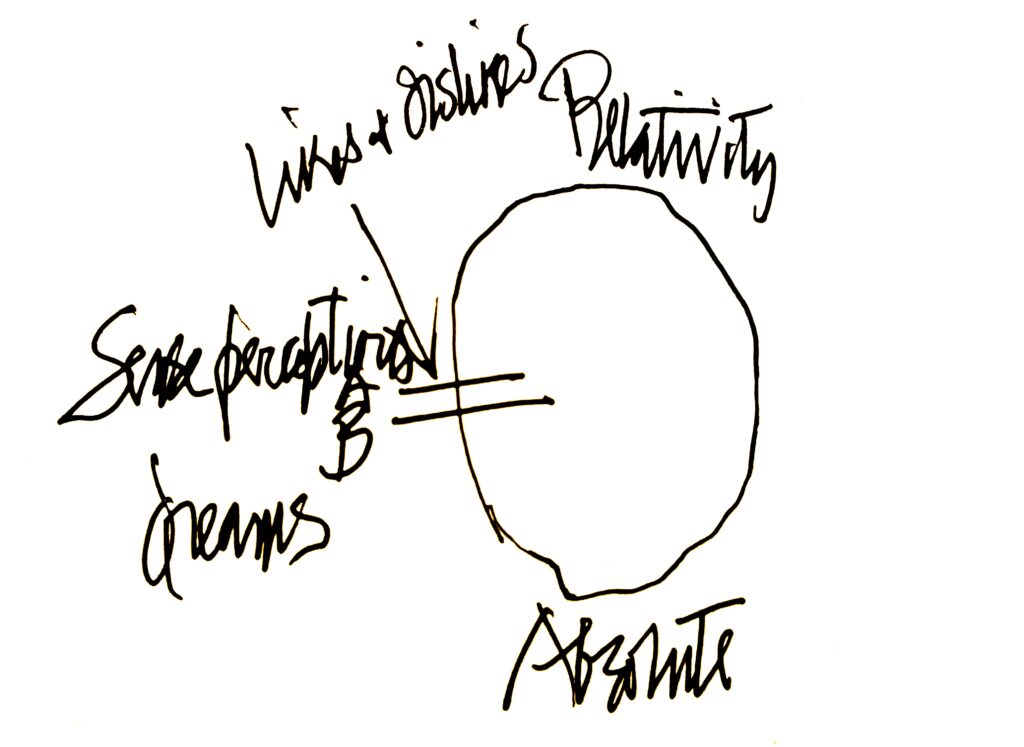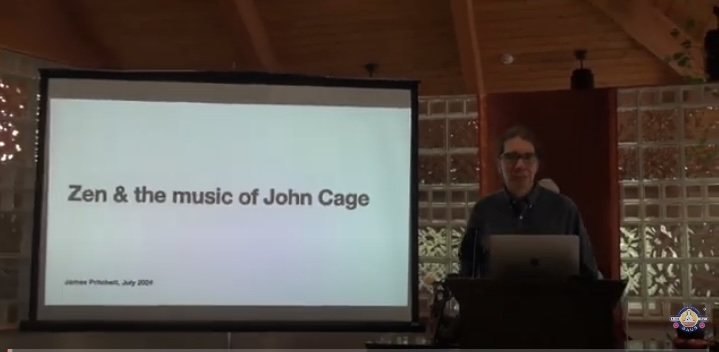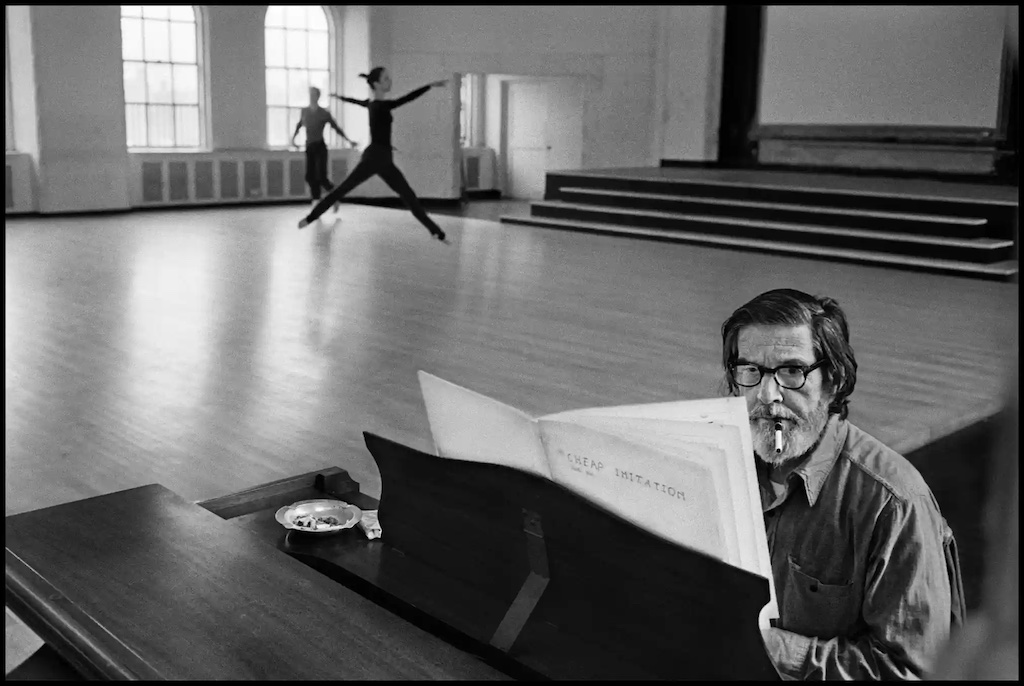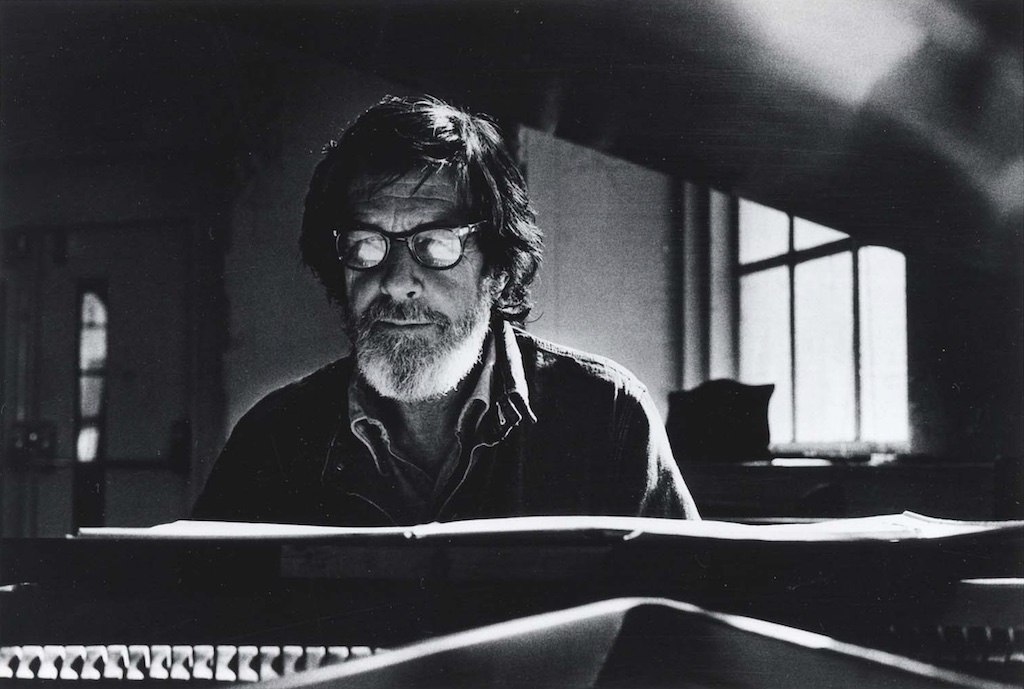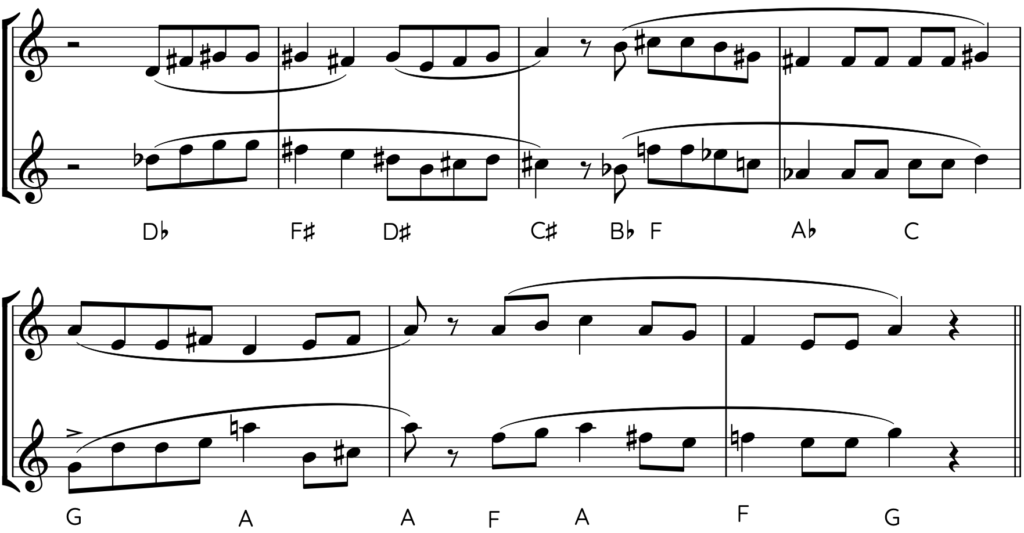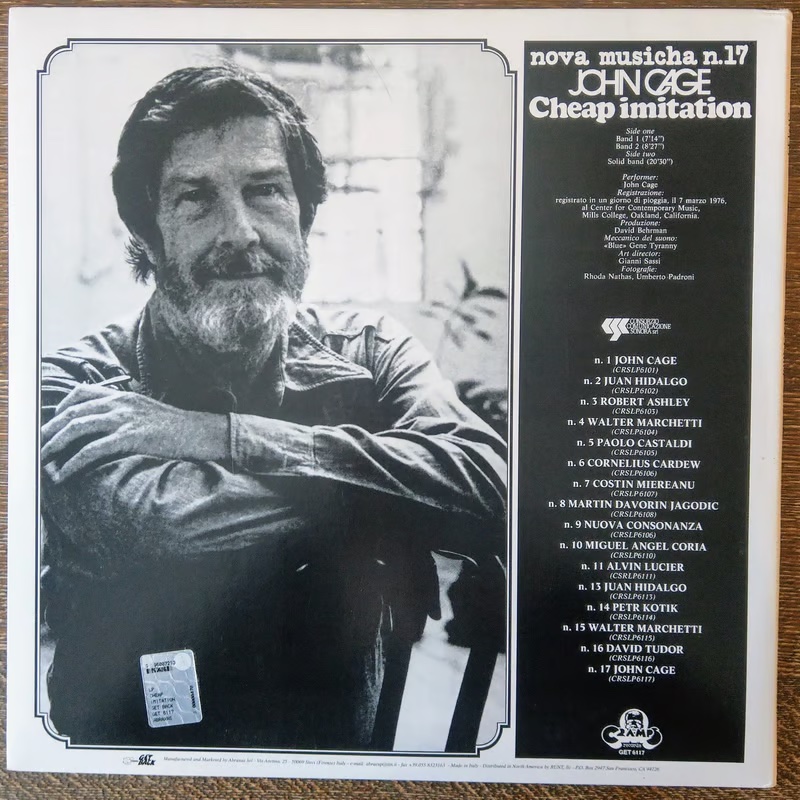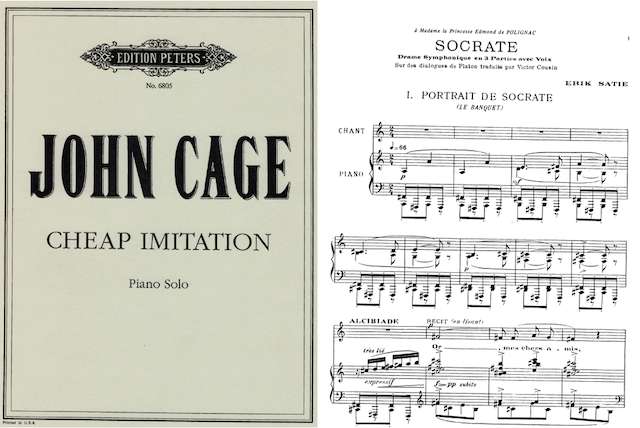John Cage’s Zen: men & mountains
The “men and mountains” story has an interesting history that reveals much about John Cage’s relationship to Zen Buddhism. What he presented as a classic Zen saying was actually his own unique variant, one that took it away from its Zen roots.
John Cage’s Zen: men & mountains Read More »
